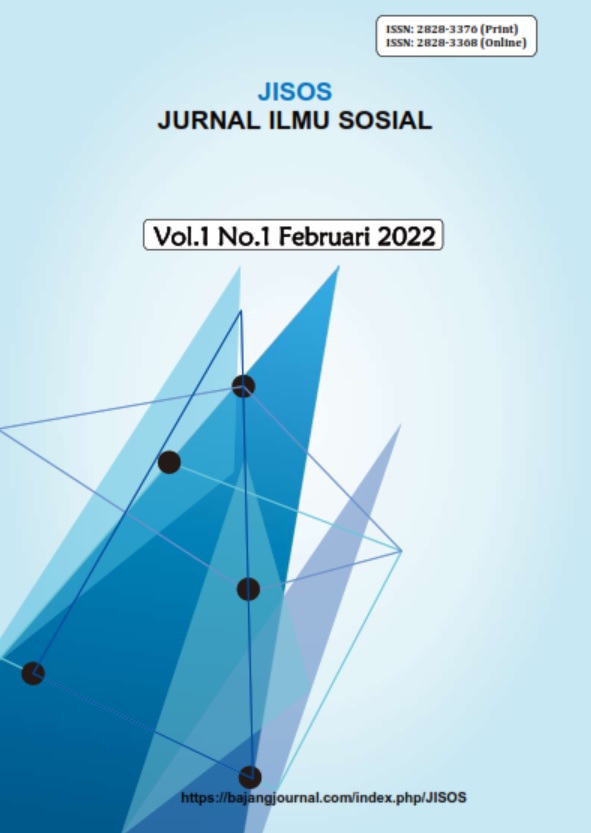FCAM: COMBINATION OF FLIPPED-CLASSROOM APPROACH AND MULTIMODALITY FOR LEARNING PRODUCTIVE SKILLS ONLINE
Keywords:
Flipped Classroom Approach, Multimodality, Productive Skills, Online LearningAbstract
Online learning provides many changes, expects adaptation and creates a new concern and order in the world of education. A new term, FCAM (Flipped Classroom Approach and Multimodality) was be applied in this online learning process, especially the focus in this study is productive skills. The study was conducted through mixed-method research by distributing questionnaire and doing the interview to the participants. The research results revealed that the FCAM gained a positive response from the students for helping the learning productive skill in Speaking Class. FCAM implementation achieved 61,78% as the responses form the students. The FCAM implementation was in medium qualification. The students shared their thoughts about the FCAM implementation and they were satisfied to have this teaching and learning strategies. However, there were several obstacles in the FCAM implementation from the students’ point of view including unstable internet connection that made the student could not optimally joining the Zoom meeting as the face-to-face learning and also as the completion stage of the FCAM itself
References
Akram Awla, Hawkar. “Learning Styles and Their Relation to Teaching Styles.” International Journal of Language and Linguistics, vol. 2, no. 3, 2014, p. 241, doi:10.11648/j.ijll.20140203.23.
Arikunto, S. (2006). Metode Penelitian Kualitatif. Jakarta: Bumi Aksara
Ary, D., Jacobs, L.C., Razavieh, A. (2002). Introduction to Research in Education (sixth edition).Wadsworth Publishing
Bezemer, Jeff, and Carey Jewitt. “Multimodality: A Guide for Linguists.” Research Methods in Linguistics, 2018, pp. 1–18,file:///C:/Users/paulj/Downloads/Multimodality_A_guide_for_linguists.pdf.
Mardapi, Djemari. (2008). Teknik Penyusunan Instrumen dan Nontes. Yogyakarta: Mitra Cendikia Offset.
Miles, M. B. & Huberman, A. M. (1994). Qualitative Data Analysis:an expandedsourcebook (second edition). SAGE Publications
Sugiyono. (2009). Metode Penelitian Pendidikan (Pendekatan Kuantitatif,Kualitatif dan R&D). Bandung: Alfabeta
O’Bryan,A.& Hegelheimer,V. (2009). Using a mixed-methods approach to explore strategies, metacognitive awareness and the effects of task design on listening development. Canadian Journal of Applied Linguistics. 12 (1), 9-38. Diunduh dari http://citeseerx.ist.psu.edu/viewdoc/download?doi=10.1.1.868.1491&rep=r ep1&type=pdf
O’Malley, J.M., & Chamot, A.U.(1989). Learning strategies in second language acquisition. Applied Linguistics, 10 (4), 418-437. Diunduh dari http://e- flt.nus.edu.sg/v1n12004/chamot.pdf














